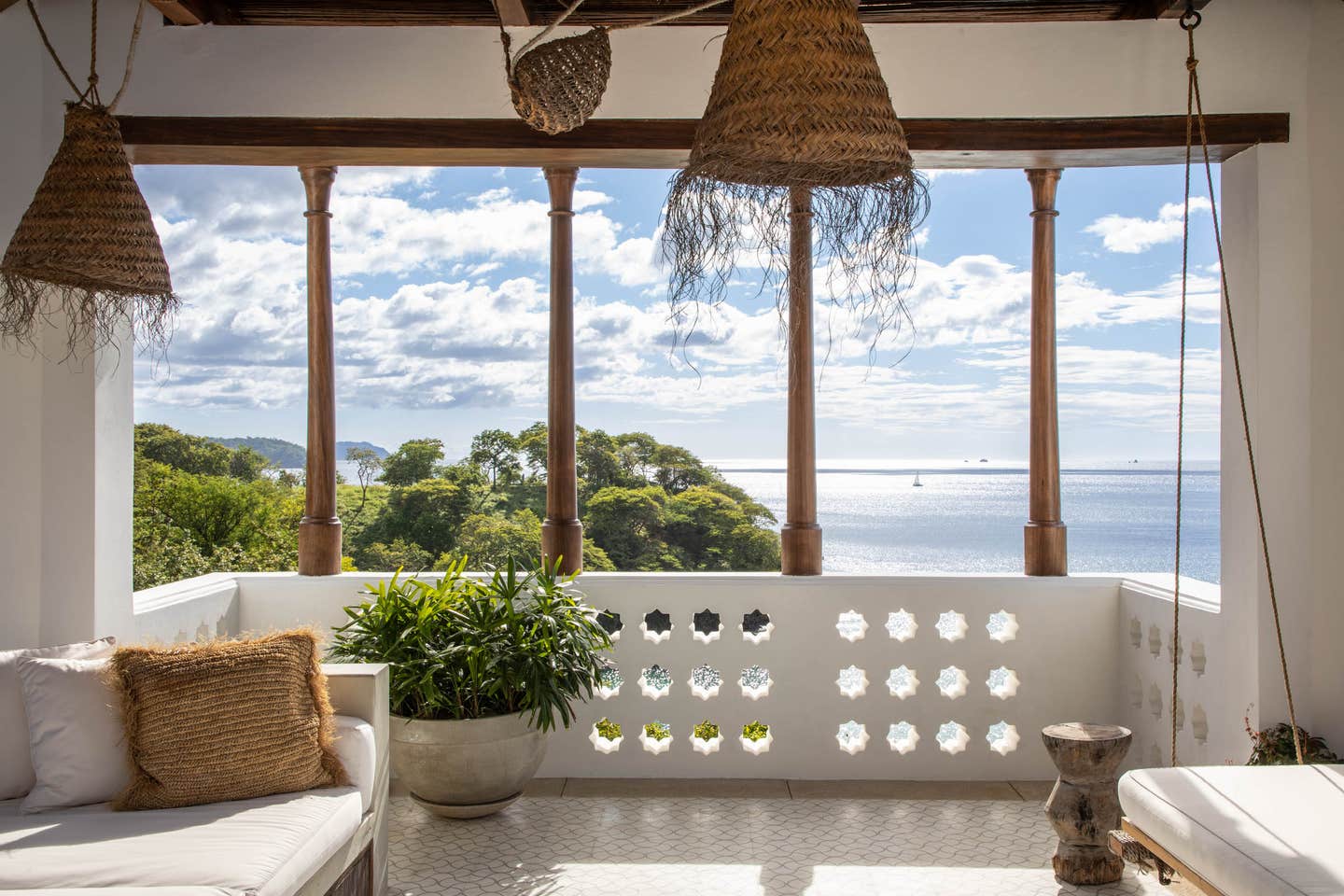
Features
Coastal Climate Response
Warm tropical coasts and islands beckon us year-round. The rich tradition of climate response found in such regions often reflects the rich vocabulary of Classicism. As a rule, architectural design takes full advantage of sunshine, warmth, and cool breezes; it also takes into consideration that buildings must withstand the destructive forces of extreme heat, humidity, heavy rain, and even hurricane-force winds. As the need to use less energy, much of it mandated by codes, grows more and more vital, how do we continue to build traditionally in warm coastal settings?
“Historically, builders would never have tried to defy the climate,” says Anne Fairfax, founding partner of Fairfax & Sammons Architects. Today’s proliferation of synthetic materials developed for climate response has allowed design to proceed without the use of traditional materials, even if the buildings are built with traditional forms. Fairfax notes that Dade County Pine, the wood of choice for builders in South Florida a hundred years ago, was a naturally durable wood that is no longer available. Lake Worth, for instance, features hundreds of cottages built with this wood that are in good condition today. The loss of materials like old-growth wood has prompted the industry to find alternatives, and builders and architects to design accordingly.
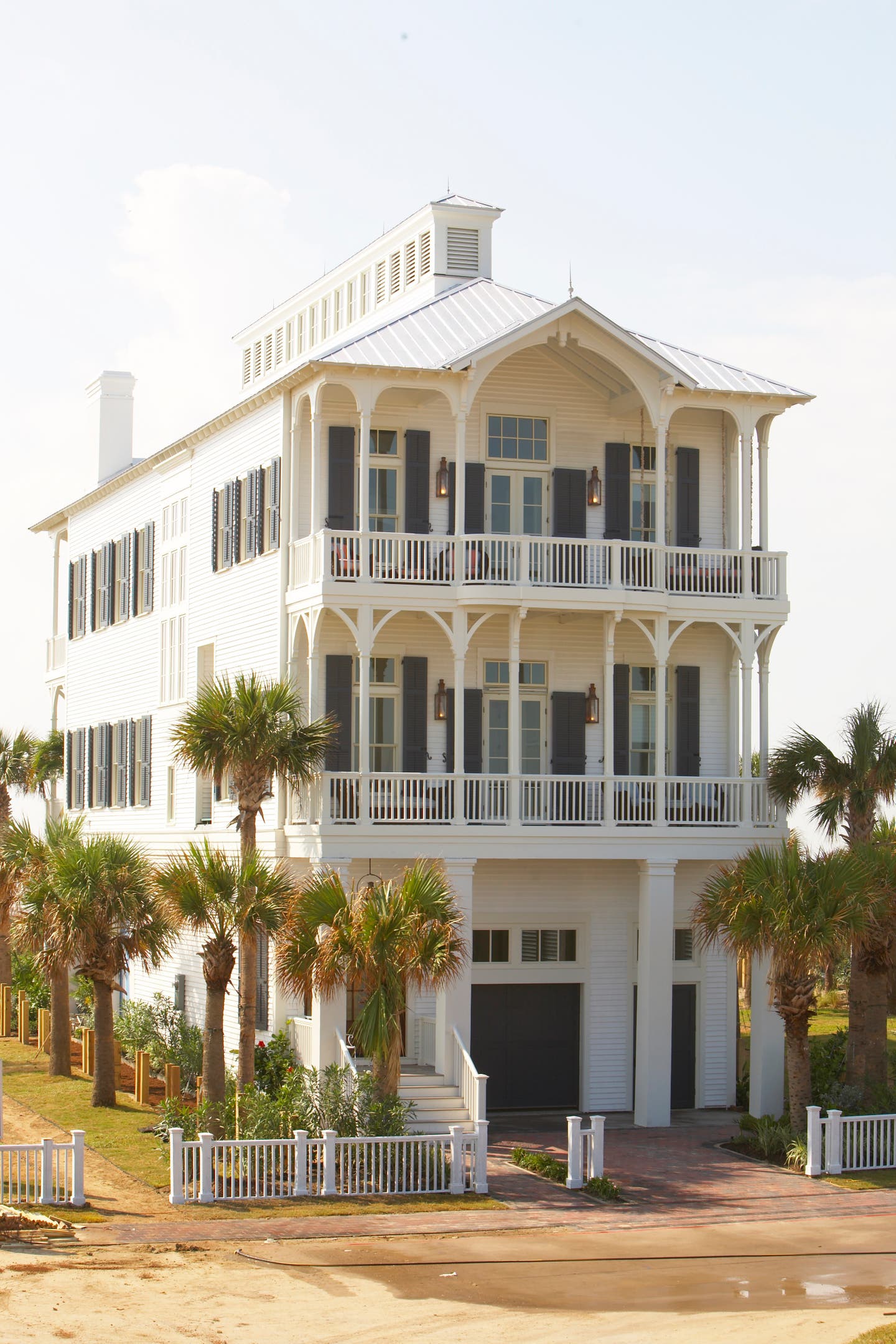
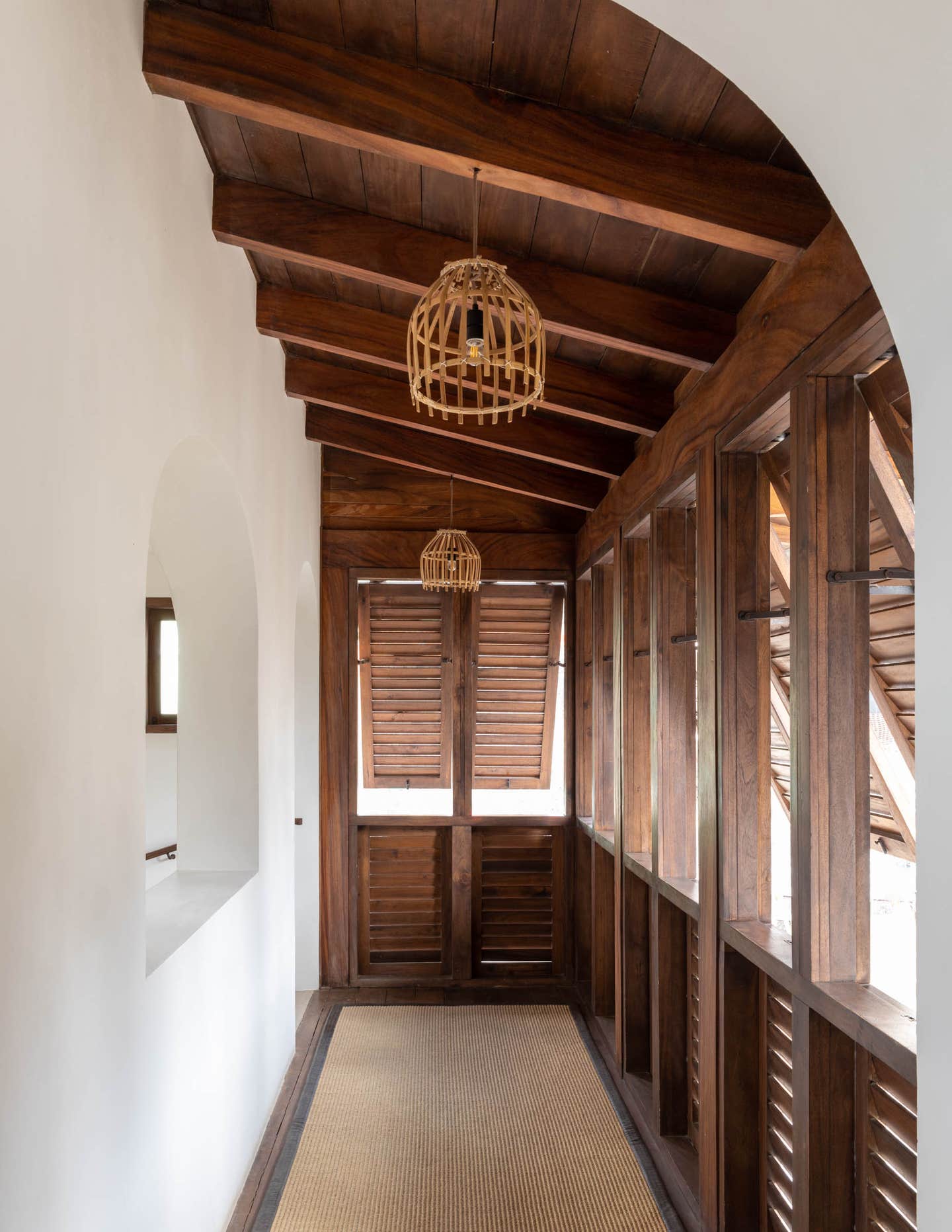
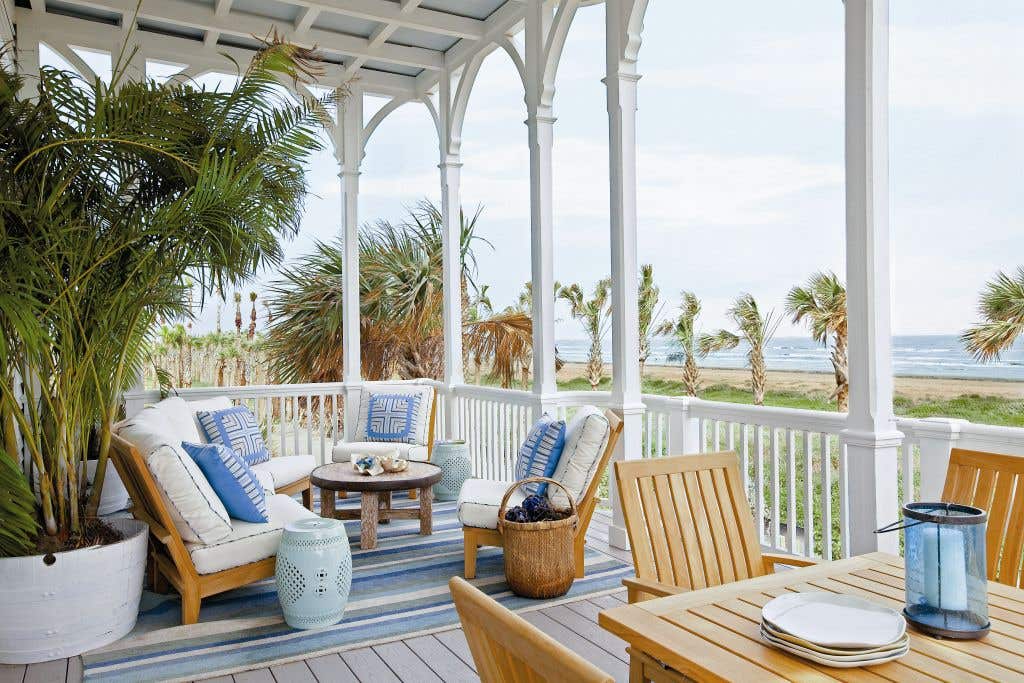
Further, says Fairfax, in South Florida and throughout the Caribbean, English Colonial and Spanish Colonial designs predominated. Both styles were born from Classicism, which adapted well to the environment. Fairfax points out the importance of the builders having brought their traditions with them and building as they knew how. For example, the Lake Worth cottages feature gable roofs and wide overhangs that shed water well and provide shade. Over time the Classically inspired designs proved their durability. Fairfax’s partner in marriage and business, architect Richard Sammons, adds that Classicism has its roots in the harsh climates of the Mediterranean and Middle East. “Classicism adapts well to any environment,” he says. During a recent trip to India, Fairfax and Sammons noticed housing in Puducherry that was strikingly familiar to them—it was very similar to the single houses of Charleston, South Carolina, a style of housing suited to warm, coastal climates.
Texas-based architect Michael Imber notes the big shift in construction practices that occurred with the establishment of standardized building codes in the 1950s. According to Imber, we stopped building locally with the advent of codes that standardized building practices without considering local climate and building tradition. This coincided with the changes in manufacturing and chemistry that brought about a revolution in synthetic materials and products to satisfy growing demands for maintenance-free living.
Imber is concerned about the use of air-conditioning in both historic buildings and those designed to function traditionally. “Once we begin to hermetically seal buildings, moisture problems will arise,” he says. Moisture can be exacerbated in spaces with both mechanical climate control and operable windows and doors. They sometimes work against each other and create sudden changes in a given building’s response.
Both Imber and Fairfax & Sammons are fans of sleeping porches and continuing the tradition of living on the second story in warm coastal climates to take advantage of natural breezes. Porches, whether for sleeping or lounging, offer protection from the sun, too. The ability to occupy the second floor is critical in the event of flooding during a violent storm.
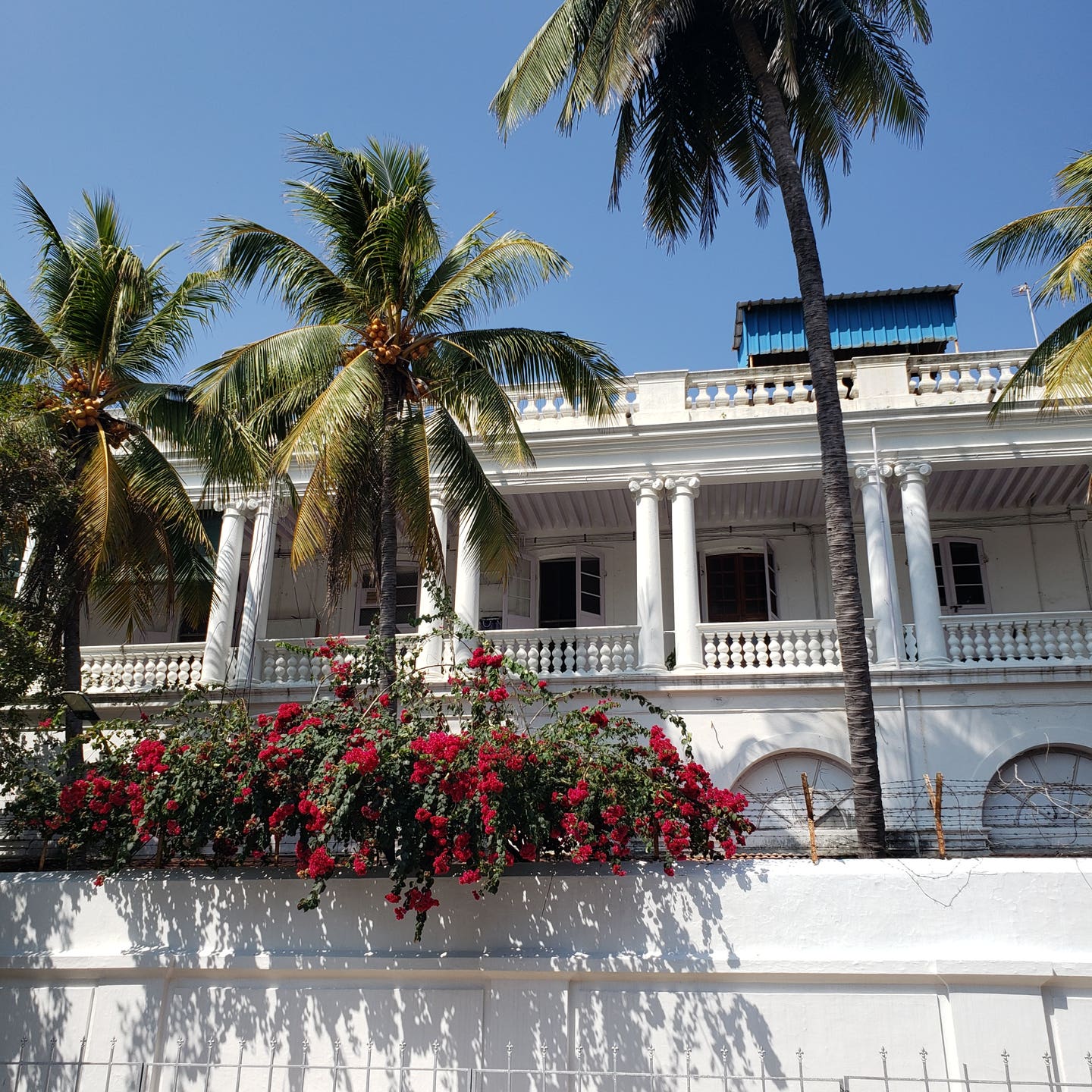
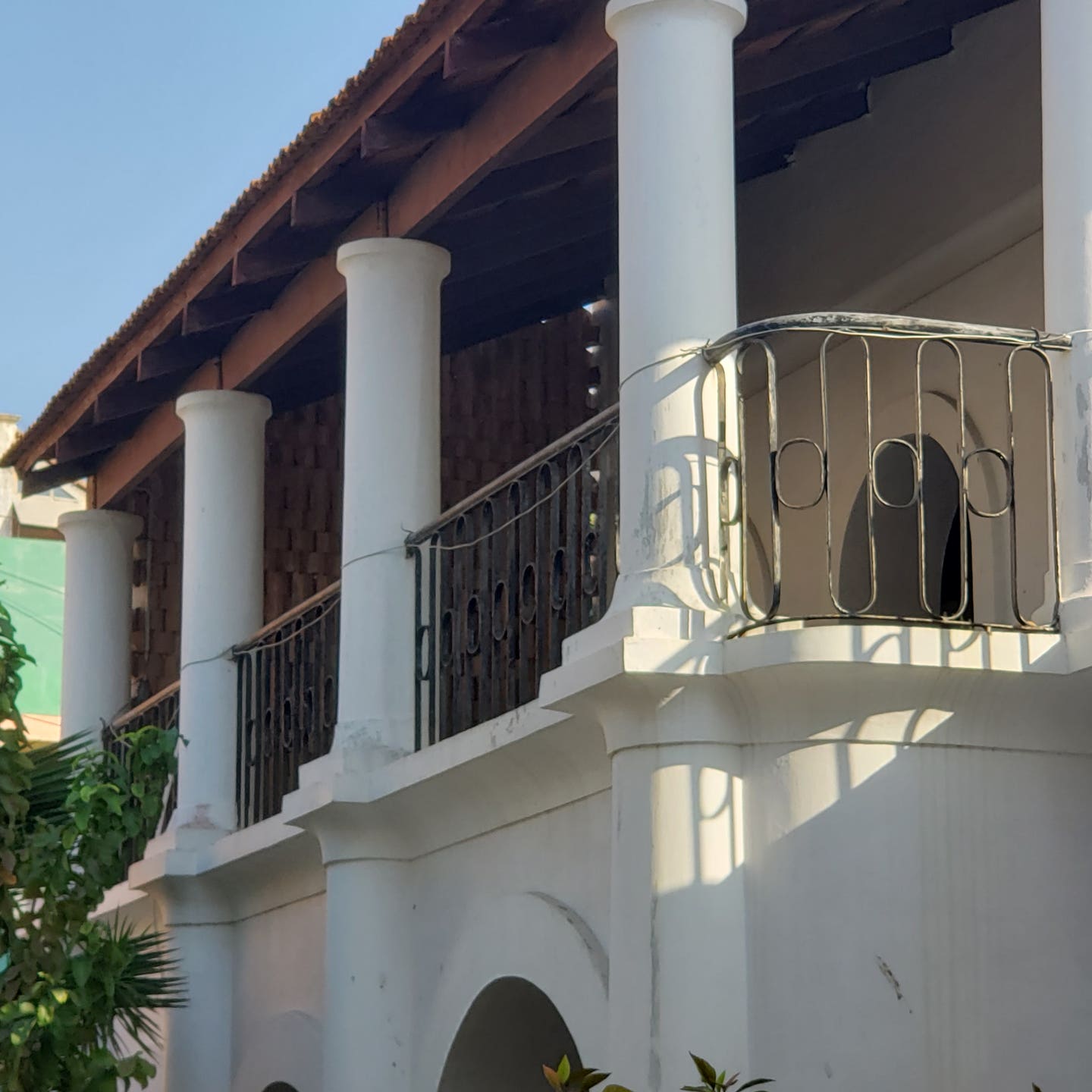
Imber proposes two ways to address the challenges presented by air-conditioning. Certain rooms requiring air-conditioning, such as bedrooms, can be insulated and framed to create a separate environment apart from others where less mechanical management is needed. He has developed some projects in Costa Rica and Mexico where areas that lend themselves to open air, such as stairwells and hallways, are open to the breezes. Windows fitted with shutters allow light and air to move through these passageways. Anne Fairfax and Richard Sammons also stress the value of shutters for natural cooling and ventilation. Having been used successfully in warm climates for a long time, the functionality of shutters is well established.
More and more often, buildings in warm regions are being built of concrete. Imber cites the increase in outdoor living spaces as a welcome means to take advantage of the warm coastal climate. One can expand the footprint of livable space in a small dwelling, he observes, by creating outdoor rooms. This way, the area that requires mechanical cooling takes up less space than one might have thought at first. Imber states emphatically that we should “not use technology to fight with nature.”
His admonition calls to mind the story of Prometheus, who stole fire from the gods with dire consequences for himself. As we work to reduce our dependence on energy in all forms and provide sound shelter in the face of destructive weather, Imber hopes that more consideration is given to local building traditions, both in choices made by clients and in the development and implementation of energy codes. Traditional building practices—specifically Classicism—have given us good building practices to choose from for milleniums. In this era of climate change, it is up to us to make the right choices.
Judy L. Hayward spends her days pursuing a passion for historic architecture and the ways in which it can be reused to sustain and grow healthy communities. She develops courses in partnership with builders, architects, traditional craftspeople and others to teach both historic preservation and traditional building skills. She has one foot in the nonprofit world as executive director of Historic Windsor and the Preservation Education Institute and the other foot in the world of media and information services as education director for the Traditional Building Conference Series and Online Education Program.








